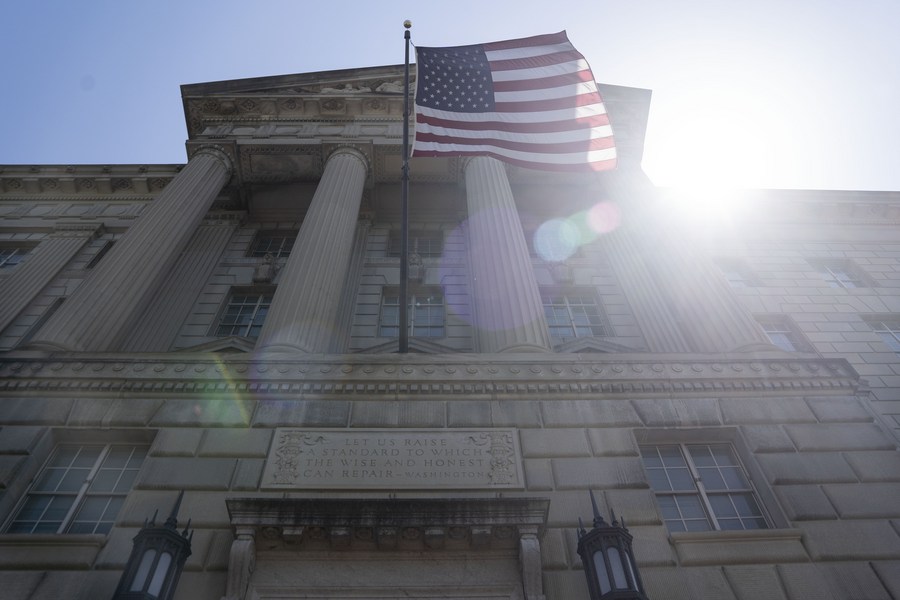
The US economy is showing positive signs. Growth in the second quarter of 2023 exceeded expectations at 2.4%. Inflation has fallen to 3%. Stock prices have rebounded. Consumer sentiment is improving.
There are ripples, though. Jobs are falling. Banks still have bad-loan problems. Inflation is still not as close to the Federal Reserve's target.
After the COVID-19 pandemic killed more than 1 million Americans, the US economy seems “unrealistic”. Many opinions say that the economic recovery is a harbinger of a recession. The risk of economic recession is still present.
In 2010, experts questioned the post-recovery phase of the US economy. However, the world's number one economy continued to grow until COVID-19 broke out. Even before the pandemic, the US economy was accelerating.
In 2021, the Organization for Economic Cooperation and Development (OECD) was skeptical about the US recovery from the pandemic.
It can be seen that recession is not something that will not happen, but it is not easy for an economic recession to happen when the economic recovery process is still on the rise.
In general, economic growth is not an “artificial stimulant.” Instead, it is a natural condition of an economy, provided that the basic institutions of that country are working well (as is the case in the United States). Continuous growth is a good thing.
There are exceptions to these rules. Some studies have shown that rapid credit booms (especially mortgages) tend to be followed by economic recessions. The Great Recession of 2008-2009 was the most obvious example. However, the current situation does not fit that scenario. Mortgage rates in the 7% range in the US are considered acceptable without dragging down the country’s real estate market.
With the US economy, it is important to consider the broader impact on other economies. The UK and EU have not had as strong a recovery as the US.
Most of the countries in the Eurozone have not been successful in fighting inflation, creating many risks. Slow growth means these economies have fewer resources to deal with important issues. When you put all of these factors together, the gap between the US and other OECD countries is likely to continue to widen.
Source
























































![[Maritime News] Container shipping faces overcapacity that will last until 2028](https://vphoto.vietnam.vn/thumb/402x226/vietnam/resource/IMAGE/2025/7/30/6d35cbc6b0f643fd97f8aa2e9bc87aea)













































Comment (0)